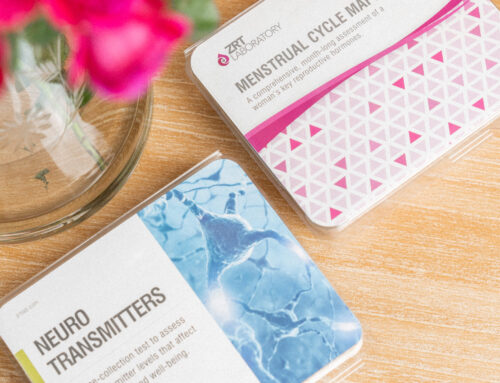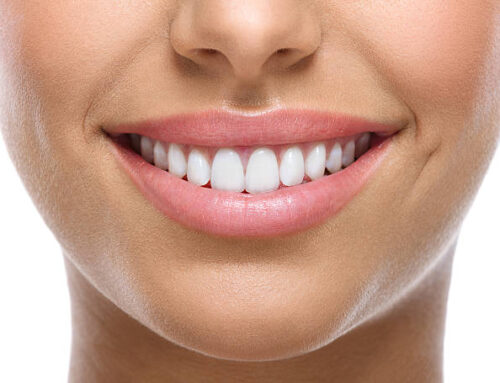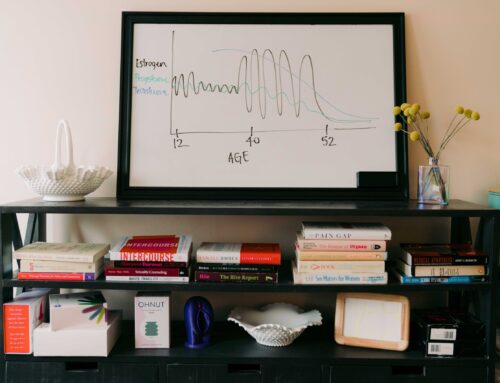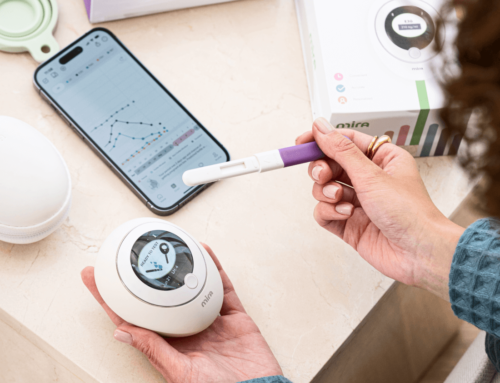A hormone pellet is a small pellet-like reservoir that is inserted under the skin typically on the buttocks area. It slowly releases hormones over time, typically several months, and is a form of hormone therapy. Many med spas and other types of clinics may use pellet therapy, and they also may or may not also offer FDA approved menopausal hormone therapies. While I do not subscribe to the idea that we can only use FDA menopausal hormone therapy products, I do find pellets to be problematic. Read on to learn why.
First, a little history of pellet therapy. Pellet therapy has actually been around for awhile. It was first used in 1938 with estrone, a weak type of estrogen and the predominant estrogen in a postmenopausal woman. After this, pellets were made by pharmaceutical companies and became a common treatment option for postmenopausal women. However, during World War 2, pharmaceutical manufacturing was needed for other efforts so compounding pellets became necessary. Adverse reactions were reported including frequent heavy bleeding and overgrowth of the uterine tissue (called hyperplasia). In 1977 pellet therapy came under scrutiny from the FDA and in the late 80s pellet therapy was removed from the market.
Now, insert the Women’s Health Initiative in 2002. This caused an 84% reduction in hormone therapy prescriptions out of fear of negative outcomes such as breast cancer and cardiovascular events, which we now have debunked with further review of that data. Even though hormone therapy prescribing went down, women were still experiencing bothersome menopausal symptoms. This created a market opportunity for all sorts of things, supplements and pellets included. The word “bioidentical” was coined, which gives false reassurance that a hormone is “safer”. Companies started manufacturing bioidentical pellets, and they are still commonly used today by some hormone clinics.
There are a couple issues I take with pellet therapy these days. First, once you insert that into your body, you can’t get it out. This means, if you are having an adverse reaction, we can’t stop it. Hormone therapy often has to be tweaked and adjusted based on response, and there is no way for this to be done after a pellet is inserted. You cannot simply know how much hormone someone needs based on their labs alone; this is done based on clinical evaluation – ie talking to the patient and evaluating and re-evaluating their symptoms. Second, they often include high levels of testosterone. Testosterone is a great hormone to consider when prescribing peri/menopausal hormone therapy, but side effects can occur when testosterone is too high. This includes some bothersome but benign symptoms such as hair growth in places you don’t want, hair loss in places you do want the hair (on top of your head), cystic acne, irritability or anxiety, and more oily skin. This also includes some other symptoms that may have long term health consequences including abnormal uterine bleeding, clitoral enlargement (also called a “micropenis”), voice deepening, elevated red blood cell counts. Some of these effects may be reversible, others may not.
I prefer to have much greater control over start, stopping, and titrating the dose of hormone therapies, which is why I do not recommend nor do I place pellets. Anecdotally, when I have a patient come into my office who has had pellets, it is a little harder to both ameliorate the unwanted side effects of the pellet therapy and adequately treat their peri/menopausal symptoms. It isn’t impossible, it just takes them a little longer to feel better, typically.
The good news if you are looking for bioidentical, custom tailored options, you can get that! Working with a trained menopause specialist, they will be able to outline bioidentical FDA approved options and be able to titrate the dose based on their clinical evaluation. Anything with the word “estradiol”, “progesterone”, or “testosterone” in the United States is bioidentical. To find a menopause specialist visit menopause.org or isswsh.org and search for a provider.
Resources:
1. Menopause Flashes: A short Q&A on Estrogen Pellet Therapy: Is It Safe? By Cheryl Cox Kinney, MD, FACOG, MSCP. November 1, 2023.
2. “The 2022 Hormone Therapy Position Statement of The North American Menopause Society” Advisory Panel. The 2022 hormone therapy position statement of The North American Menopause Society. Menopause. 2022 Jul 1;29(7):767-794. doi: 10.1097/GME.0000000000002028. PMID: 35797481.





